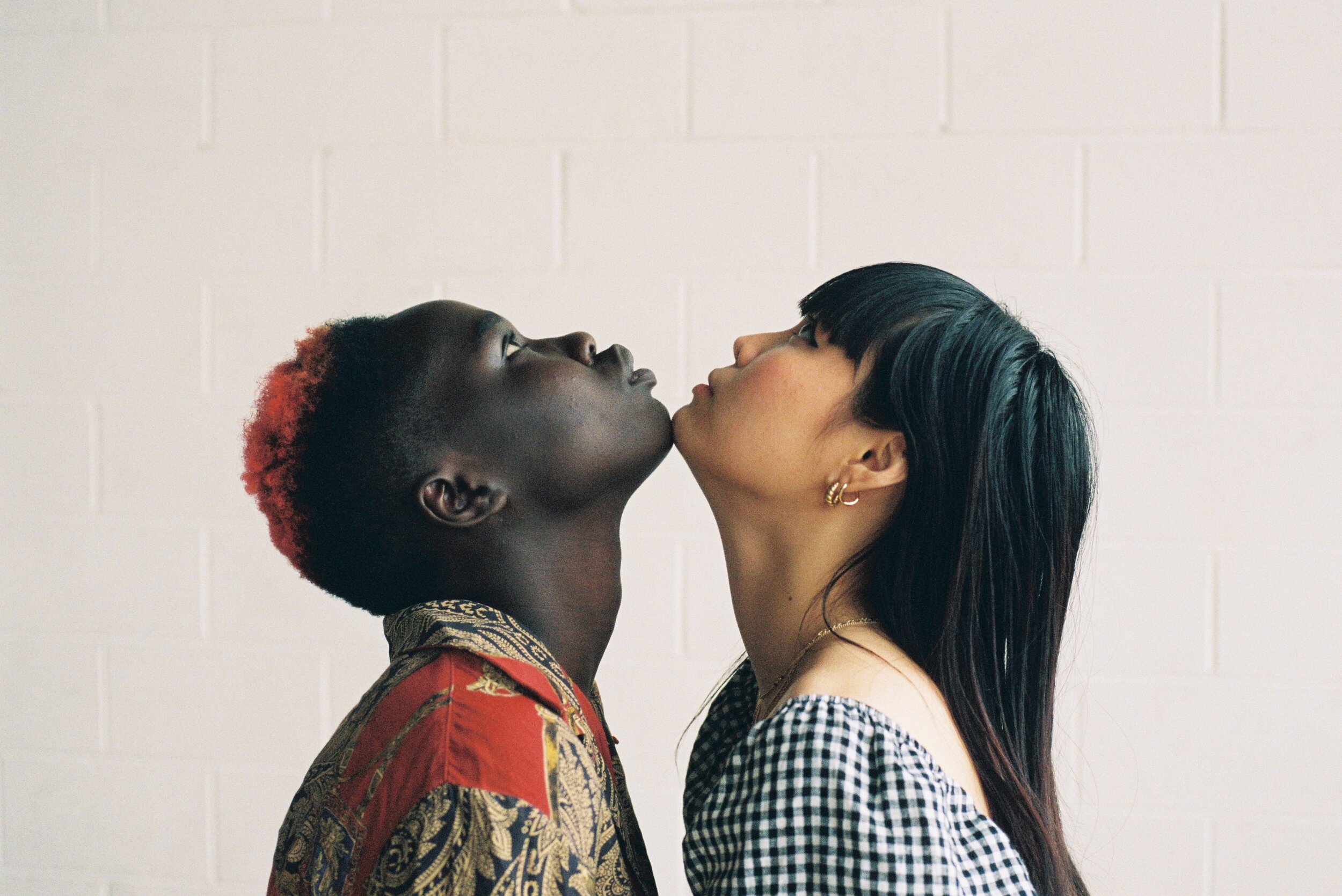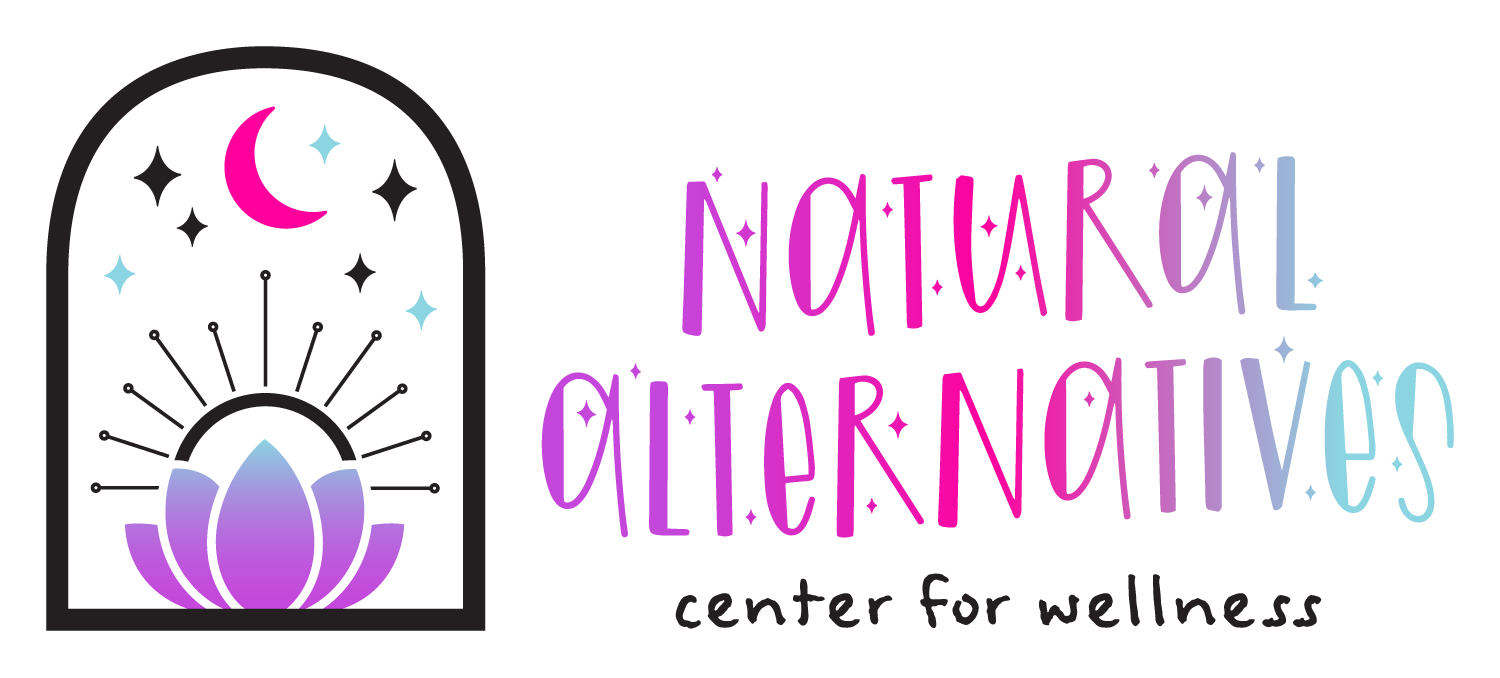
Endometriosis
a condition where endometrial-like tissue - or tissue similar to the endometrium lining of the uterus - grows outside of the uterus on various places throughout the body, affects 1 in 10 people who menstruate, which translates into 176 million (11%) worldwide.
How can we help?
Treating Endometriosis from the perspective of Traditional Asian Medicine is an approach that treats the whole person and addresses the multitude of symptoms that coexist for endometriosis patients.
It's a misconception that Acupuncture and Herbs can completely help with anything in one treatment visit. Most patients, especially if they have been in pain for a long period of time, need to see Dr Stephanie more frequently at the onset of their treatment to work more effectively to reduce symptoms and start getting endometriosis under control. Studies have shown that Acupuncture is more effective in the treatment of Endometriosis as it has been shown to lower CA125 markers, whereas pain medication only blocks the pain.
Dr. Stephanie knows firsthand what endometriosis is like having managed stage IV endometriosis herself.
Symptoms
Some of the most common symptoms include, and are concerns Dr Stephanie treats:
- Dysmenorrhea (painful menstruation)
- Dysparunia (painful intercourse)
- Pain Before, During, and After Menstruation
- Painful Urination
- Increased Urinary Tract Infections
- Metrorrhagia (excessively heavy bleeding)
- Bleeding or Spotting Between Periods
- Passing of Large Clots
- Painful bowel movements - Diarrhea OR Constipation
- Nausea and / or Vomiting
- Gas or Bloating
- Extreme fatigue
- Back or leg pain
- Generalized pelvic pain
- Anemia
- Infertility
- Abdominal Cramping
- Headaches or Migraines
- Allergies
- Compromised Mental Well-Being
- Chemical Sensitivities
- Frequent, repeated surgical procedures for diagnosis and treatment
Treatments
Treatment protocols vary from patient to patient but include some of the following modalities:
- Acupuncture
- Auricular Acupuncture
- Chinese Herbal Formulas
- Supplements
- Nutrition and Lifestyle Changes
- Anti-inflammatory Diet
- Cupping Therapy
- Gua Sha
- Celluma Light Therapy
- Infrared Therapy
Recommendations
Additionally, Dr Stephanie may recommend adjunct therapies to compliment her treatment plan. Examples include:
- Chiropractic Care
- Physical Therapy
- Changes to Exercise Plan
- Massage Therapy
- Blood Work Panels
Once patients have reached the level where their pain has decreased, their lives have improved, Dr Stephanie adopts a maintenance plan that she works on with her patients.
When you are resting because your body is weak, you need to remember that you are not wasting the day doing nothing.
You are doing exactly what you need to do.
You are recovering.
You are not in this alone… we’re right here with you.
“Love this place. Stephanie is the best! The whole family are patients.”
— Ed



